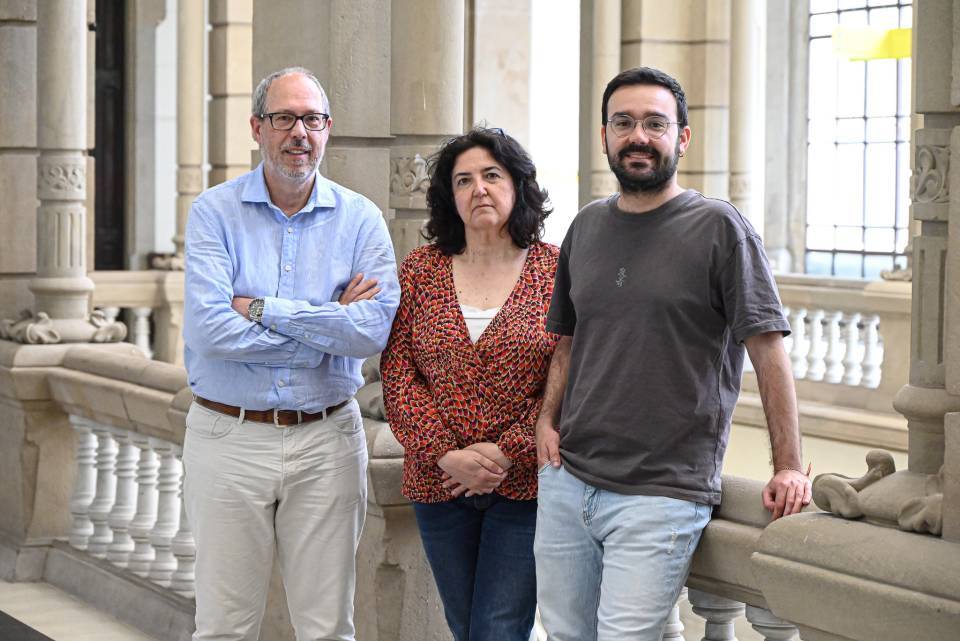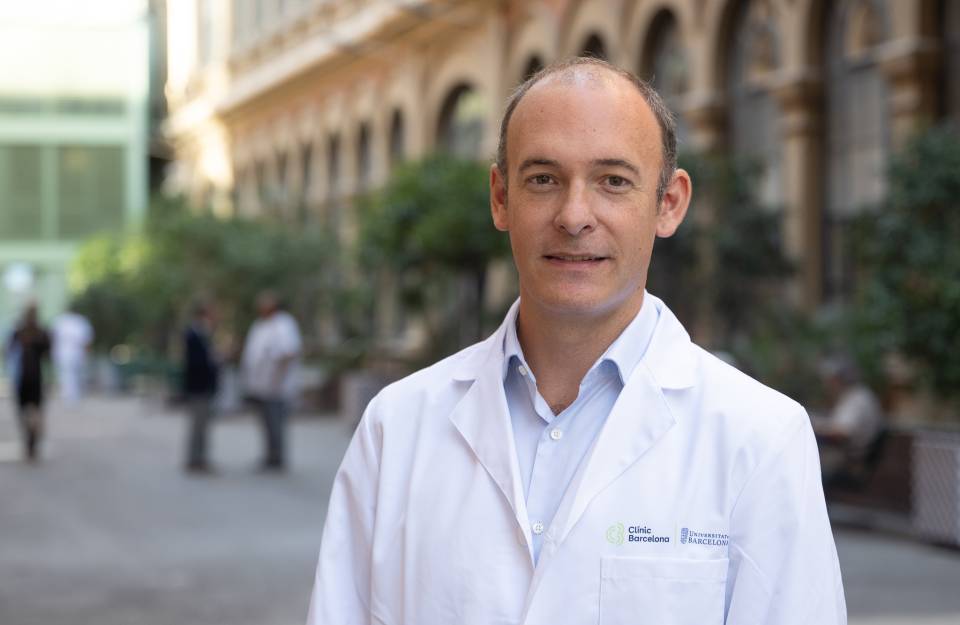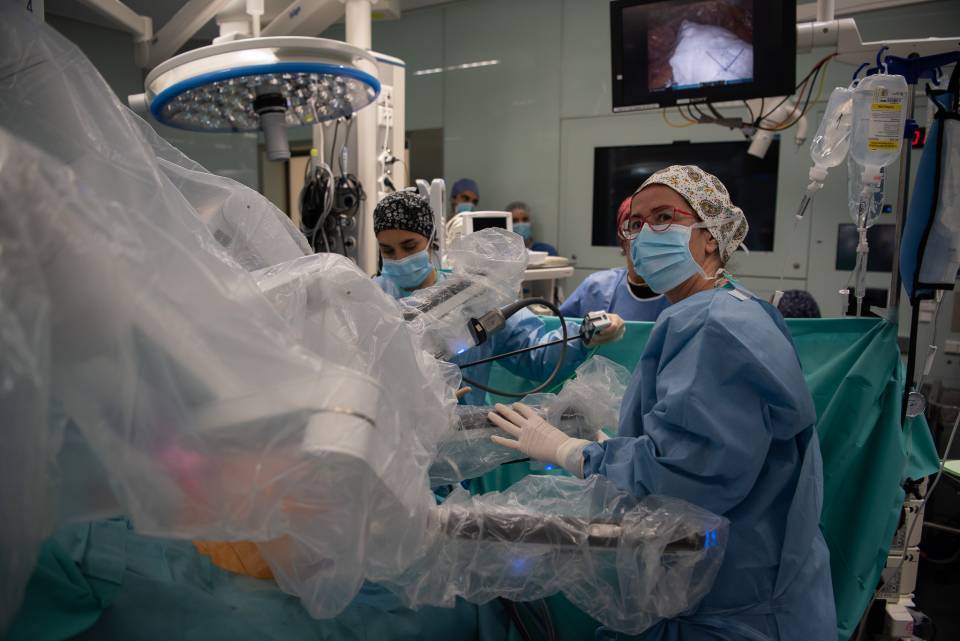The European Medicines Agency (EMA) has designated allopurinol as the first orphan drug for the treatment of Marfan syndrome, a rare connective tissue disease with no current cure that causes the onset of an aortic aneurysm (an abnormal dilation of the aorta) and affects around seven out of every 100,000 people in the European Union. Orphan drugs are drugs intended to treat pathologies so rare that pharmaceutical companies require favourable conditions to bring them to market.
The designation of this orphan drug, widely used until now for the treatment of gout, is a significant advance in research for new treatments for this serious minority disease that primarily affects the vascular system.
A research team from IDIBAPS-Hospital Clínic, the University of Barcelona and CIBER’s rare diseases team (CIBERER) has studied the possible application of this medicine for the preventive and palliative treatment of aortic aneurysm that is characteristic of Marfan syndrome. Thus far, the tests have been carried out in animal models of the disease and international clinical trials in patients are planned to start in the future.
This study was conducted by IDIBAPS’ Vascular cell biology research group, led by Gustavo Egea, a professor at the University of Barcelona’s Faculty of Medicine and Health Sciences, in close cooperation with postdoctoral researcher Isaac Rodríguez-Rovira and CIBERER researcher Victoria Campuzano.
About Marfan syndrome
Marfan syndrome is a genetic connective tissue disease that primarily affects the cardiovascular, skeletal and ocular systems. It is caused by mutations in the FBN1 gene, which encodes the protein fibrillin-1. This protein is an essential part of the elastic fibres that maintain the structural integrity of many body tissues. The disease exhibits wide clinical variability among patients—over 3,000 different mutations have been identified, even within the same family carrying an identical genetic variant.
This chronically debilitating disease leads to serious vascular alterations, ranging from the abnormal dilation of the aorta (aneurysm) to aortic dissection and rupture. Non-fatal affects include respiratory complications (pneumothorax and sleep apnea), ocular disorders (blindness due to lens dislocation) and musculoskeletal impairments (muscular and joint flaccidity and tall stature).
Repurposing drugs: new uses
Used in clinical practice for the treatment of gout, allopurinol inhibits the enzyme xanthine oxidoreductase (XOR), which generates uric acid and reactive oxygen species and is altered in the aorta of Marfan syndrome patients and Marfan syndrome mice models.
Treatment with allopurinol, which acts as a powerful antioxidant, has been shown to halt and prevent the progression and onset of aneurysms and aortic dissections. In addition to its pharmacological benefits, allopurinol is also a safe, cheap and well-known clinical drug. This makes its repurposing for cardiovascular treatment in Marfan syndrome (and probably also for other vascular diseases) especially attractive because of its extensive clinical profile, its pharmacological safety record and its low cost.
There is no approved curative treatment for this disease. Current pharmacological therapy is palliative and is based on the administration of beta-blockers and antihypertensives/angiotensin II receptor antagonists. However, its effectiveness remains highly limited, so complementary new treatments are necessary that do the utmost to avoid surgery on a dilated aorta (preventive surgery) or an already dissected aorta (emergency repair surgery), with the consequent risk inherent in this type of surgery.




